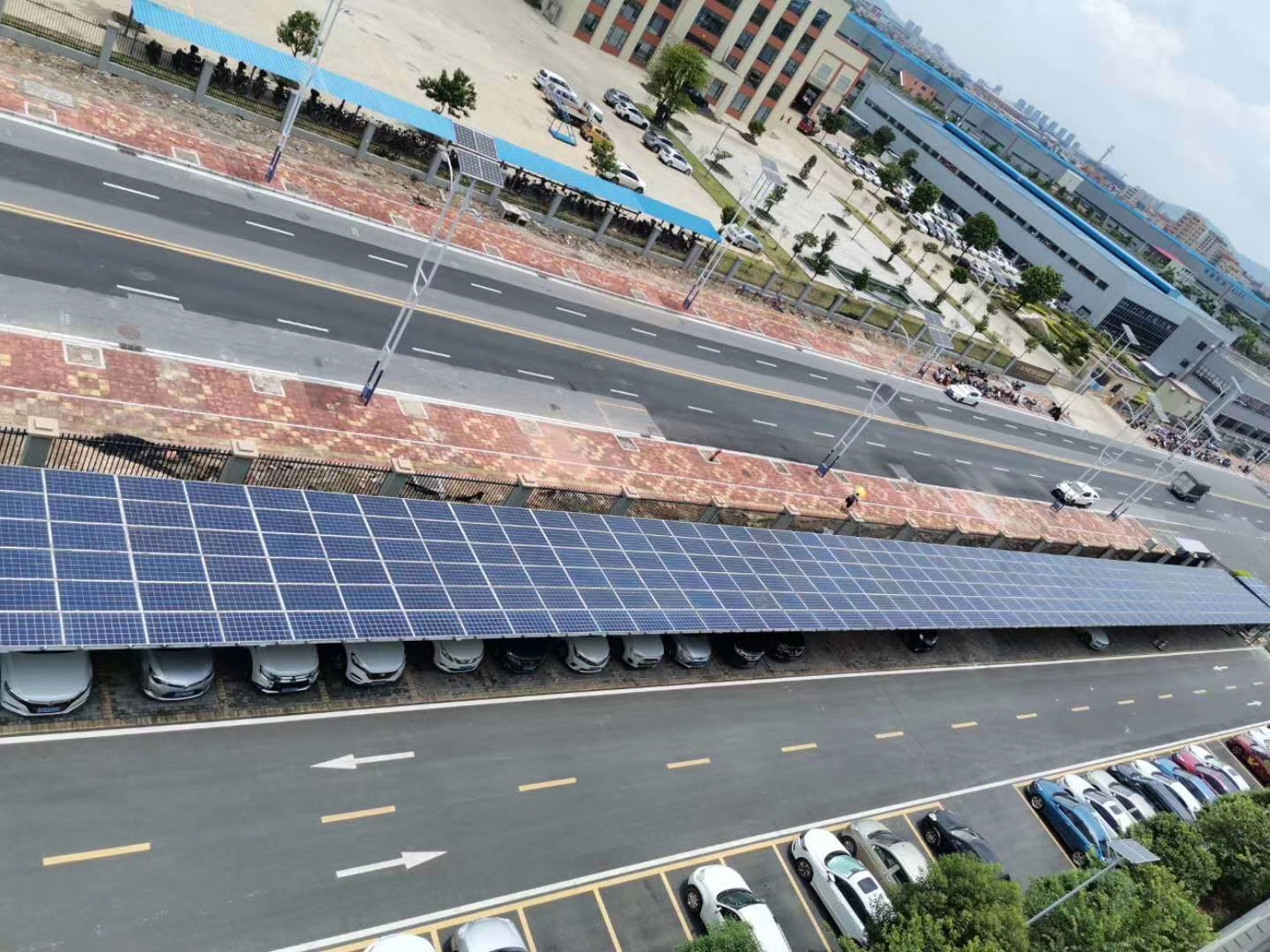Lithium-ion batteries with its unparalleled advantages, the application of the field is becoming more and more extensive, marketing has gone international, at the same time, lithium-ion batteries and belong to the high-risk goods, so the transport safety is more and more attention, especially in China's summer, high temperature and rain will easily cause a greater impact on lithium-ion batteries, we have to pay more attention to the lithium-ion battery class cargo safety transportation.
The dangers of lithium-ion batteries are important as follows.
Leakage: poor design and manufacturing process of lithium-ion batteries or by the external environment, the battery may leak, through testing to ensure that the battery will not leak in transit, packaging requirements even if there is leakage to ensure transport safety.
External short circuit: External short circuit is also dangerous if it occurs, the temperature of the lithium-ion battery will rise very high, and may even catch fire and explode. Lithium-ion batteries in transport after the harsh environment may encounter external short-circuit test, can be said to be the most severe conditions, lithium-ion batteries in this condition can meet the safety requirements, coupled with the protection of the battery in the process of transportation, such as packaging, can exclude this danger.
Internal short circuit: important is the lithium-ion battery diaphragm is bad or lithium-ion batteries in the production process there are small conductive particles into the puncture diaphragm, and lithium-ion batteries in use due to overcharging and other phenomena lithium metal. Internal short circuit is an important cause of lithium-ion battery fire, explosion, should be experimented with, change the design to reduce the risk of lithium-ion batteries.
Overcharging: Overcharging of lithium-ion batteries, especially continuous, long overcharging, overcharging directly affects the stability of the battery plate structure, diaphragm and electrolyte, which will not only cause a permanent drop in capacity, but also a continuous increase in internal resistance and a decline in power performance. In addition, the individual decay battery will also appear increased leakage, can not store electricity, floating charge flow continues to be high and other problems.
Forced discharge: excessive discharge of lithium-ion batteries leads to the collapse of the carbon layer structure of the negative electrode of lithium-ion batteries, and the collapse will cause lithium ions can not be inserted during the charging process of lithium-ion batteries; and overcharging of lithium-ion batteries so that too many lithium ions embedded in the negative carbon structure, and cause some of the lithium ions can no longer be released, these will damage lithium-ion batteries.












